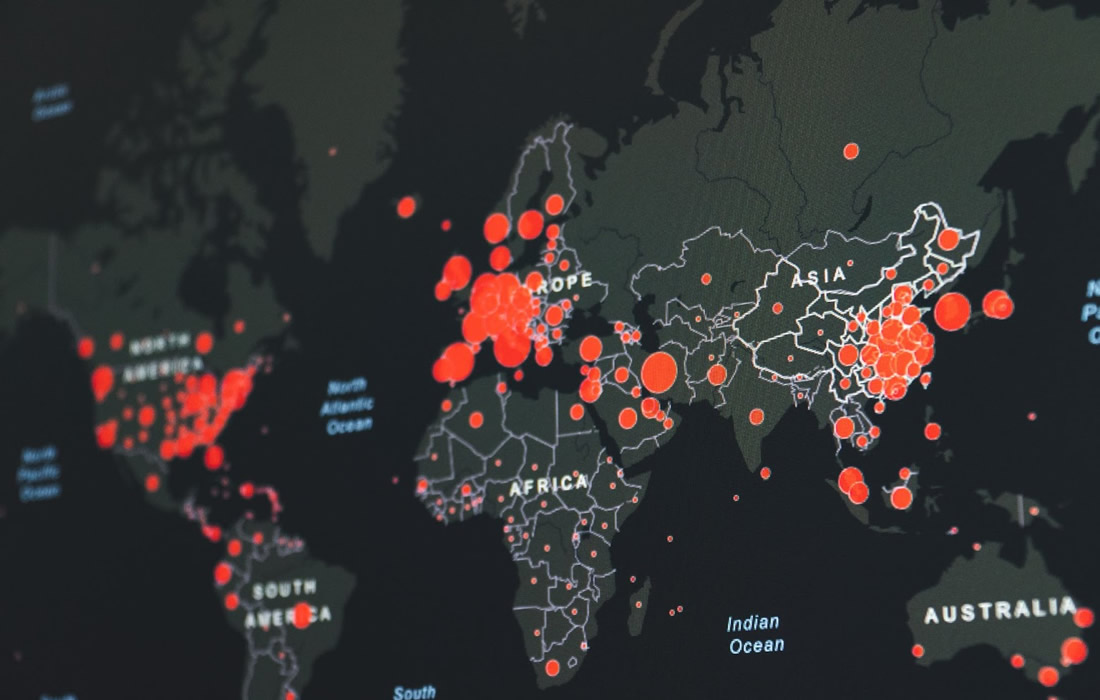COVID-19
Long COVID Most Prevalent in the Most Seriously Ill
A collaborative study has charted the prevalence of severe physical symptom burden amongst Scandinavians for up to two years after a SARS-CoV-2 infection. Most affected were people who had a severe COVID-19 infection, while the researchers found no elevated prevalence of long COVID in those who had never been bedridden.
In the present study, researchers examined the prevalence of persistent physical symptoms in people with different degrees of COVID-19 severity and compared them with people who had not had a confirmed COVID-19 diagnosis.
Over 22,000 of the participants were diagnosed with COVID-19 during the period, almost 10 percent of whom were bedridden for at least seven days. The prevalence of chronic symptoms such as shortness of breath, chest pain, dizziness, headaches, and low energy/ fatigue, was 37 per cent higher in those who had had a COVID-19 diagnosis than in those who had not.
Patients who had been bedridden for at least seven days during the SARS-CoV-2 infection had the highest prevalence of severe physical symptom burden, over double that of those not diagnosed with COVID-19. They also had the most persistent symptoms for up to two years after diagnosis.
“Long COVID has grown into a major public health problem since a large proportion of the global population has been infected,” says Emily Joyce one of the study’s first authors. “Our results show the long-term health consequences of the pandemic and highlight the importance of monitoring physical symptoms for up to two years after diagnosis, especially in people who experienced severe COVID-19.”
“We’ll continue to assess the long-term health impact of the COVID-19 pandemic in this project,” says corresponding author Qing Shen, affiliated researcher at the Institute of Environmental Medicine and the Department of Medical Epidemiology and Biostatistics, Karolinska Institutet. “Multiple projects are underway, including studies of how COVID-19 has affected cognitive function and mental health, and how social isolation affected the elderly.”
Sources:
Qing Shen, Emily E. Joyce, Omid V. Ebrahimi, Maria Didriksen, Anikó Lovik, Karen Sól Sævarsdóttir, Ingibjörg Magnúsdóttir, Dorte Helenius Mikkelsen, Anna Bára Unnarsdóttir, Arna Hauksdóttir, Asle Hoffart, Anna K. Kähler, Edda Björk Thórdardóttir, Elías Eythórsson, Emma M. Frans, Gunnar Tómasson, Helga Ask, Hrönn Hardardóttir, Jóhanna Jakobsdóttir, Kelli Lehto, Li Lu, Ole A. Andreassen, Patrick F. Sullivan, Runólfur Pálsson, Christian Erikstrup, Sisse Rye Ostrowski, Thomas Werge, Thor Aspelund, Ole B.V. Pedersen, Sverre Urnes Johnson, Fang Fang, Unnur Anna Valdimarsdóttir. COVID-19 illness severity and 2-year prevalence of physical symptoms: an observational study in Iceland, Sweden, Norway and Denmark. The Lancet Regional Health – Europe, 2023; 100756 DOI: 10.1016/j.lanepe.2023.100756
Karolinska Institutet. “Long COVID most prevalent in the most seriously ill.” ScienceDaily. ScienceDaily, 27 October 2023. <www.sciencedaily.com/releases/2023/10/231027110749.htm>.
Materials provided by Karolinska Institutet. Note: Content may be edited for style and length.
Images from:
Photo by Martin Sanchez
https://unsplash.com/photos/red-and-black-abstract-art-j2c7yf223Mk

